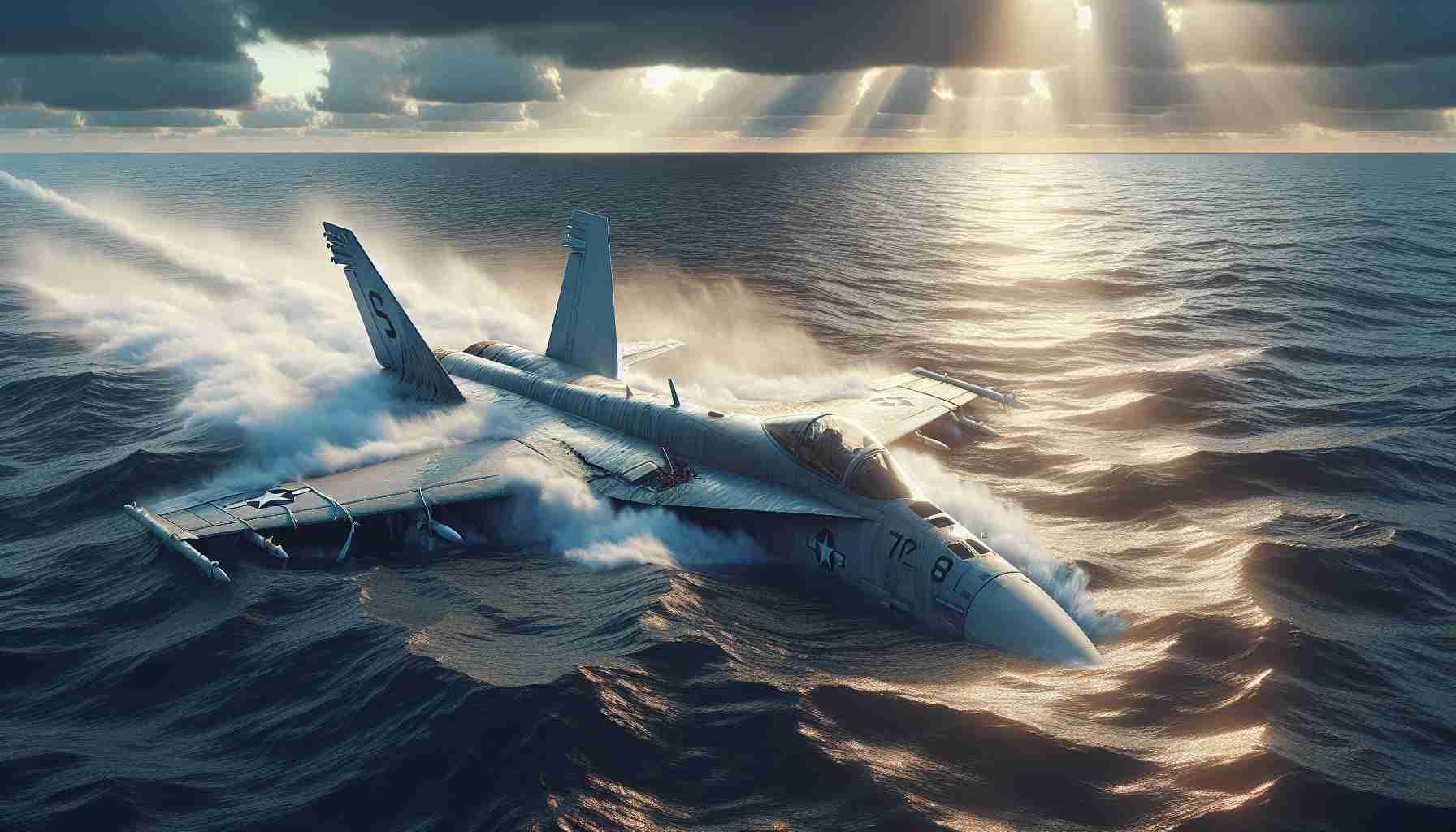In a dramatic twist on the Red Sea, two US Navy pilots had to eject from their F/A-18 fighter jet after it was accidentally shot down by a fellow American ship. Fortunately, both pilots were promptly rescued, although one sustained minor injuries, according to a statement by US Central Command.
The incident involved the USS Gettysburg, a guided missile cruiser, which mistakenly fired upon the aircraft from its own strike group. The jet was operating off the USS Harry S. Truman, part of a naval presence bolstered in the Middle East amidst regional tensions.
The cause of the incident is under thorough investigation, but officials assure that this was not due to hostile action. Amid ongoing regional conflicts, such errors heighten tensions. The Iran-backed Houthi rebels in Yemen have falsely claimed attacks on US warships in the past, adding another layer to the complex security dynamics.
On the same day as the jet mishap, US forces carried out significant airstrikes against Houthi targets in Yemen. Striking a missile depot and command center in Sana’a, these operations involved F/A-18s alongside Air Force assets, showcasing a robust military response to the escalating threats in the Red Sea.
Meanwhile, tensions continue as Houthi forces claim rocket attacks on Israeli targets. They vow relentless strikes until there’s a ceasefire in Gaza, making the Red Sea a hotspot for potential further conflict. With such developments, safe navigation through one of the world’s busiest shipping routes remains a critical concern for international maritime security.
Unexpected Setback in the Red Sea: US Navy Incident Raises Questions on Safety and Security
The recent event in the Red Sea, where an F/A-18 fighter jet was accidentally shot down by a US naval ship, has sparked several discussions and analyses in military and security circles. This incident highlights both the complexity and the potential risks involved in large-scale military operations, especially in politically charged regions.
Security Concerns and Implications
The incident involving the USS Gettysburg illuminates several areas of concern regarding operational security and communication protocols within naval strike groups. The accidental shooting underscores the need for stringent checks and reformation of existing safety measures to prevent friendly fire, especially in high-tense environments like the Middle East where miscommunication can lead to unintended escalation.
Even though officials have ruled out hostile action as the cause of this incident, inaccuracies during military drills or missions can have far-reaching consequences. The shooting raises further questions about how to ensure communication clarity and prevent similar mishaps in the future.
Innovations in Military Technology and Procedures
This situation presents an opportunity for the US Navy to integrate advanced technologies to bolster identification and tracking systems. Innovations in machine learning and artificial intelligence could be pivotal in enhancing decision support systems on naval ships, thereby reducing human error.
Further, this incident can drive the need for enhanced training simulations that incorporate real-world complexity, ensuring personnel are better prepared for multi-layered operations. The implementation of virtual reality and augmented reality in training programs could assist in creating more realistic preparatory environments.
Regional Tensions and International Maritime Concerns
This incident comes at a time when the geopolitical environment in the region is already fragile. Iran-backed Houthi rebels continue to claim attacks on US warships, adding layers to the extensive security challenges faced by the US and its allies. The region’s security dynamics are further complicated by ongoing conflicts and claimed retaliations against nations like Israel.
The Red Sea is one of the world’s busiest maritime corridors, vital for international shipping and energy routes. The presence of military operations and the risk of conflict underscore the importance of safeguarding navigation and mitigating risks that could disrupt global trade.
Future Predictions and Strategic Adjustments
Given the current volatile backdrop, predictions about future developments in the region need careful consideration. Analysts suggest that military presence will likely remain robust to deter any aggressive maneuvers by regional actors. However, there may be increased diplomatic efforts to de-escalate tensions and ensure the security of maritime routes.
The incident also prompts the need for international cooperation in establishing better communication protocols and crisis management procedures. Real-time information sharing and collaborative security strategies could mitigate risks and improve overall regional stability.
For more information on naval operations, security measures, and technological advancements, visit the official Navy website.







